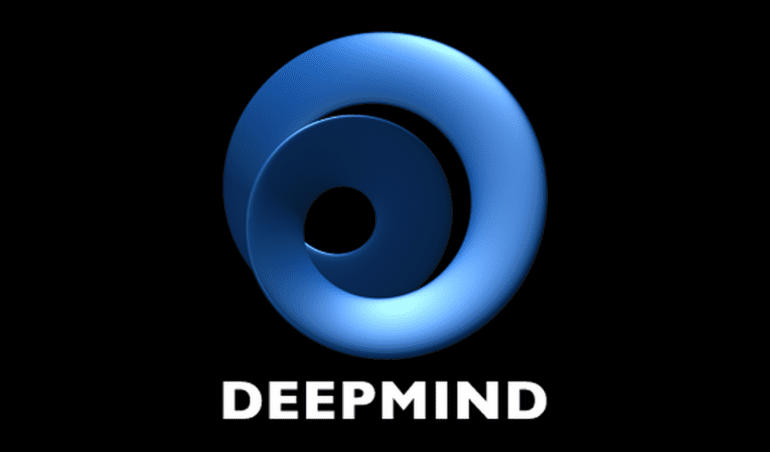TL;DR:
- DeepMind’s research reveals Large Language Models (LLMs) as highly effective data compressors.
- LLMs transform data into a smaller “latent space,” demonstrating compression capabilities rivaling traditional algorithms.
- Repurposing LLMs for compression is feasible due to their training in cross-entropy, offering compression equivalence.
- LLMs excel not only in text but also in compressing image and audio data, surpassing domain-specific algorithms.
- These models showcase adaptability through in-context learning, predicting unexpected data modalities.
- Despite their promise, LLMs are impractical for data compression due to size and speed limitations.
- Larger LLMs are not inherently better; their performance varies with dataset size, highlighting the importance of scale considerations.
- Compression-based evaluation methods like Minimum Description Length (MDL) offer a principled approach to assessing LLMs.
Main AI News:
Large Language Models (LLMs) have long been recognized for their prowess in predicting the next word in a sentence, but a groundbreaking study by DeepMind, a subsidiary of Google’s AI division, is shedding new light on their capabilities. This research paper introduces a novel perspective: LLMs can serve as potent data compressors, revolutionizing the way we perceive these AI systems.
Seeing LLMs through the Lens of Compression
In essence, LLMs, such as those developed by DeepMind, learn to transform input data, whether it’s text, images, or audio, into a “latent space.” This latent space captures the essential features of the data while having fewer dimensions than the original input, effectively compressing the information. This compression capability, typically associated with specialized algorithms, is a remarkable discovery within LLMs.
Repurposing LLMs for Compression
DeepMind’s researchers repurposed open-source LLMs to execute arithmetic coding, a form of lossless compression algorithm. This repurposing became possible due to LLMs’ training with the log-loss or cross-entropy, which prioritizes maximizing the probability of natural text sequences and reducing the likelihood of others. This inherent probability distribution forms the basis for achieving compression equivalence.
LLMs vs. Traditional Compression Algorithms
The research delved into assessing LLMs’ compression abilities across different data types, including text, images, and audio. While it’s expected that LLMs excel in text compression, the real surprise lies in their exceptional performance in compressing image and audio data. These AI models outperformed domain-specific compression algorithms like PNG and FLAC by a significant margin. The secret behind this achievement lies in their capacity for in-context learning, allowing them to adapt to specific tasks.
LLMs as Predictors of Unexpected Modalities
The study’s findings go beyond mere compression. LLMs demonstrated the potential to predict unexpected data modalities, such as text and audio, showcasing their versatility. Further insights in this direction are anticipated from the researchers.
Practical Limitations of LLMs
Despite these promising outcomes, it’s important to note that LLMs are not currently practical tools for data compression, primarily due to their size and speed limitations. Traditional compression tools like gzip continue to dominate the field, offering a superior balance between compression, speed, and size. While it’s theoretically possible to create strong compressors using smaller-scale language models, it remains unproven at this juncture.
Redefining the Role of Scale
The study challenges the prevailing notion that bigger LLMs are inherently better. It reveals that while larger models achieve superior compression rates on larger datasets, their performance diminishes on smaller datasets. This insight underscores the significance of considering the dataset’s size when evaluating model performance. Compression serves as a quantifiable metric for assessing the model’s appropriateness, providing a principled approach to scale in language modeling.
Implications for LLM Evaluation
These findings hold potential implications for the future evaluation of LLMs. Addressing issues like test set contamination, particularly as machine learning research transitions to user-provided or web-scraped data, can benefit from compression-based evaluation approaches, such as Minimum Description Length (MDL). MDL penalizes models that merely memorize training data, encouraging researchers to adopt a more holistic framework for model evaluation.
Conclusion:
DeepMind’s groundbreaking research positions LLMs as formidable data compressors, challenging conventional notions of their capabilities. While not yet practical for real-world applications, their adaptability and potential to predict diverse data types highlight their evolving role in AI. Market players should monitor these developments, as compression-based evaluation methods may reshape the landscape of language models in the future.

